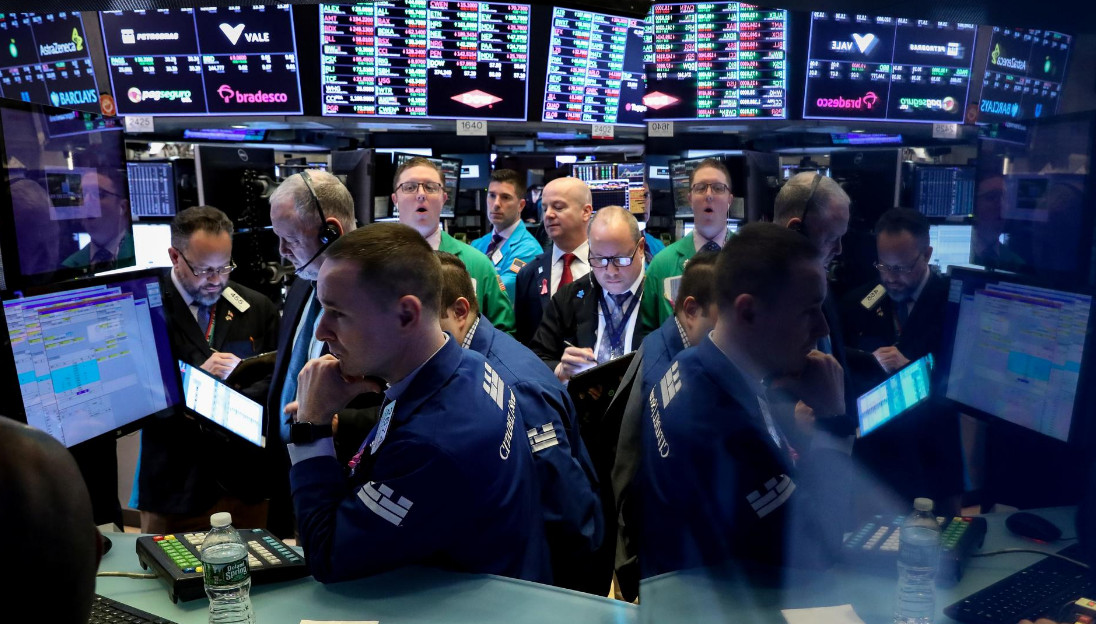Time for a break

Since bottoming out at the end of March, equity markets in most regions of the world have gained between 20% and 30%. Credit spreads in investment grade and especially in high yield have tightened considerably. However, the potential for further price gains at current levels is now likely to be limited. Especially as the actual economic consequences of the economic standstill can hardly be estimated. The International Monetary Fund expects global GDP to shrink by three percent this year. To put it in perspective: the decline in growth during the global financial crisis in 2009 was -0.1%. Thus, the current outlook is subject to great uncertainty as to the severity and duration of the pandemic and how successful the fiscal and monetary policy measures taken by governments and central banks will be.
The latest macroeconomic data has already provided a preliminary impression of the extent of the crisis. China's economic growth declined by 9.8% in the first quarter – the first decline in decades. US retail sales fell 8.7% in March and in the past four weeks 22 million Americans have filed jobless claims – a number matching all the jobs created in the last decade since the financial crisis.
The oil price has recently made the consequences of the economic slump particularly clear to investors. As a result of the collapse in demand, oil inventories are currently brimful and available capacities are almost completely sold out. This has caused storage costs to rise so sharply that WTI crude oil was trading at minus 40 USD a barrel in April. An investor would thus have received money to buy oil. The possibility of similar developments and possible implications for other market segments should not be underestimated.
Following the strong price gains since the end of March, we have reduced the risks in our multi-asset portfolios and are now again slightly underweight in equities. In addition, we have reduced our overweight position in high-yield bonds following the sharp tightening in credit spreads over the past four weeks. Although we continue to see opportunities in both equities and credit, the short-term outlook is mixed. Uncertainty and thus volatility in the markets is likely to remain high in the coming weeks and a more defensive positioning is appropriate.
We are now at a crossroads. Financial markets are keeping a close eye on the possible options for a return to normality and have shifted their focus from fiscal and monetary policy measures to macroeconomic data and the earnings season. After the strong price gains of recent weeks, it is now time to take a deep breath.
To sum up:
1. The extent of economic damage will become apparent in the coming weeks
2. Financial markets are likely to go through a consolidation phase until the economy troughs
3. Potential for further price gains in risk assets is now limited – we are slightly reducing the portfolio risk
-- Contact us at [email protected]
-

Equip young people for the future Dr. Winnie Tang
In late February, the inaugural flight of an air taxi from Shenzhen Shekou Cruise Homeport to Zhuhai Jiuzhou Port took only 20 minutes with an estimated one-way ticket price of 200 to 300 yuan per
-

Are we raising a generation of leaders, or of followers? Brian YS Wong
The essence of education is defined not by the facts it imparts, but the potential knowledge it inspires students to individually pursue on their own. Put it this way – the ideal form of education
-

The urgent need for reforms to sex education in Hong Kong Sharon Chau
Nearly one in every four university students (23%) in Hong Kong has been sexually harassed, according to a 2019 report published by the Equal Opportunities Commission (EOC). A 2019 study found that
-

STEAM should be linked to real life Dr. Winnie Tang
In the 2017 Policy Address, STEM (science, technology, engineering and mathematics) education was proposed as one of the eight major directions to promote I&T development. Since then, funding has
-

Let trees speak for themselves Dr. Winnie Tang
I often say that smart cities start with smart planning, but smart planning presupposes adequate, systematic and up-to-date data. This is important not only for city administration, but also for tree










